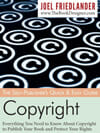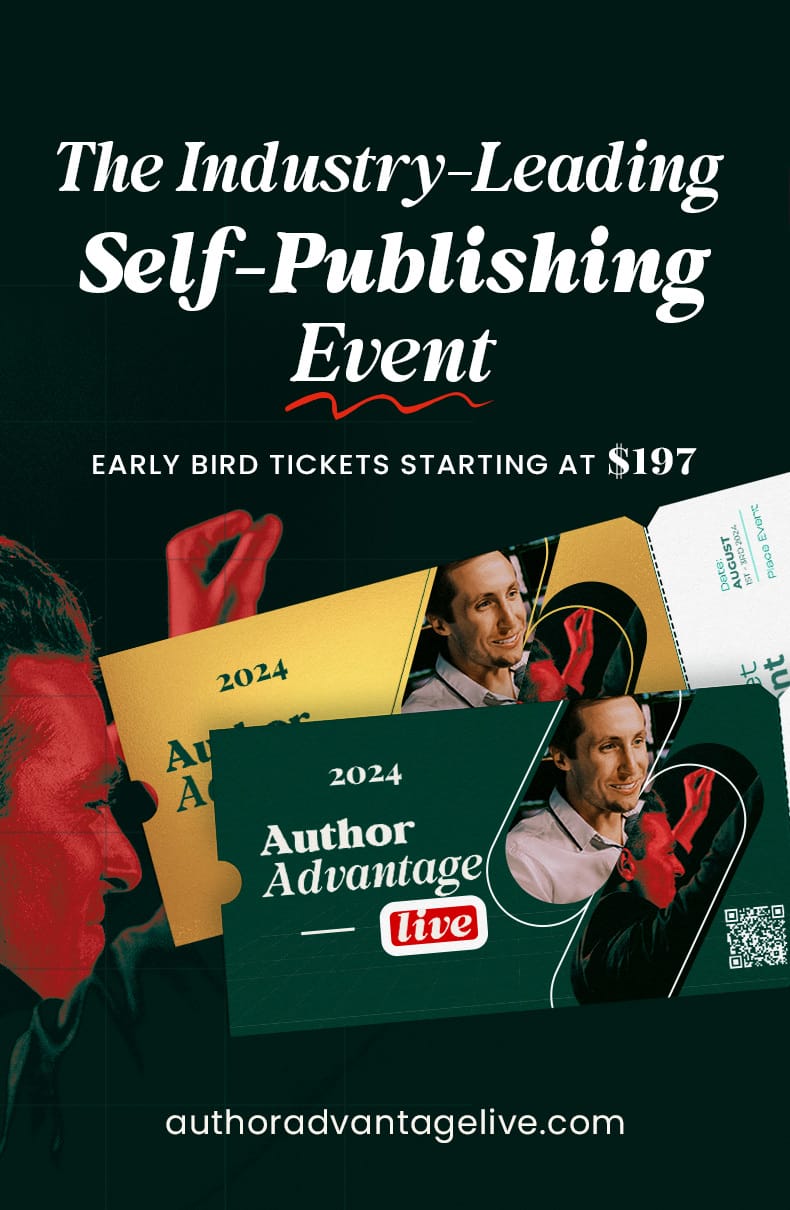I used to run into this kind of call a lot, years ago when I had my own little publishing company. An author would be on the phone talking about his book and why I should publish it. “And you don’t have to worry about the copyright either,” he’d say with confidence. “I mailed myself a copy and I’ve got it locked up in a safe!”
This myth was so old it seemed to have the weight of tradition on its side. No amount of talking would convince him the package in his safe was worthless as copyright protection, and that he had copyright in his work from the time he wrote it.
But that’s just one of the myths, lies and misinformation about copyright you can run into. How many of these have you heard?
Top 10 Myths, Lies and Misinformation about Copyright
- I didn’t see a copyright notice. It must not be copyrighted. Copyright occurs when the work is created. If you see no copyright notice, you can assume the work is protected. This has been the law in the United States since April 1, 1989, when we adopted the Berne Conventions.
- It has a copyright notice. It must be copyrighted. Publishers have been known to knowingly print a copyright notice in a work that was not eligible for copyright. Without specific information about the particular work, the notice itself isn’t enough to determine whether the work is protected. Be safe—assume it is.
- I only used part of it. I should be fine. “Fair Use” requires a test of four different elements to determine whether you have violated the creator’s copyright. Unless you are writing a review or engaged in satire, it’s likely you will need permission to quote from another person’s work.
- I had my nephew do it while he was working for me. Therefore, I own the copyright. If you can prove it was a work “made for hire” and have a contract to that effect, you may be right. Lacking an agreement or proof that you requested the work specifically, it could belong to your nephew.
- I didn’t charge any money for it, so it’s okay. Whether you profited from copying a protected work is secondary to the copying itself. That’s what’s illegal. You can still harm someone’s rights in a property by giving away unauthorized copies.
- If you post it on the internet, you put it into the public domain anyway. Since copyright begins when you create a work, you can only “put” something into the public domain by an actual statement to that effect. Posting it to a website—assuming it was posted by the copyright owner herself—does nothing to the rights of the creator of the work.
- I want to copyright the title of my book so nobody steals it. Titles cannot be copyrighted, nor can names. You can trademark a title or the name of an imprint, but that’s a different process requiring patent and trademark attorneys and several hundred dollars.
- I just used her characters and made up my own story. Unless you have specific permission from the author, you cannot create a work derived from someone else’s protected work. Rights to the characters and story belong to the originator.
- Copyright violations are just business. It’s not a crime. Copyright violations with over 10 copies involved, or valued at over $2500 are felonies.
- I’m actually spreading the work, it’s like marketing. They should thank me. If you don’t have the right to copy a protected work, it doesn’t matter how many reasons you can think up that the owner should be happy. You still don’t have the rights.
Copyright protects everyone who creates content of any kind. By protecting your rights to your own work, I’m protecting my rights at the same time. And that’s no lie.
For an extensive treatment of fair use, see the article by David L. Amkraut here. For more articles about copyright, see the Related Posts below.
Photo: Big Stock Photo
Want to know more about copyright? Need some sample copyright pages to drop into your book? Confused about the things you read online about copyright? Check out this 30-page easy-to-read guide. Click The Self-Publisher’s Quick & Easy Guide to Copyright for more info, or Buy Now as PDF or Kindle.



